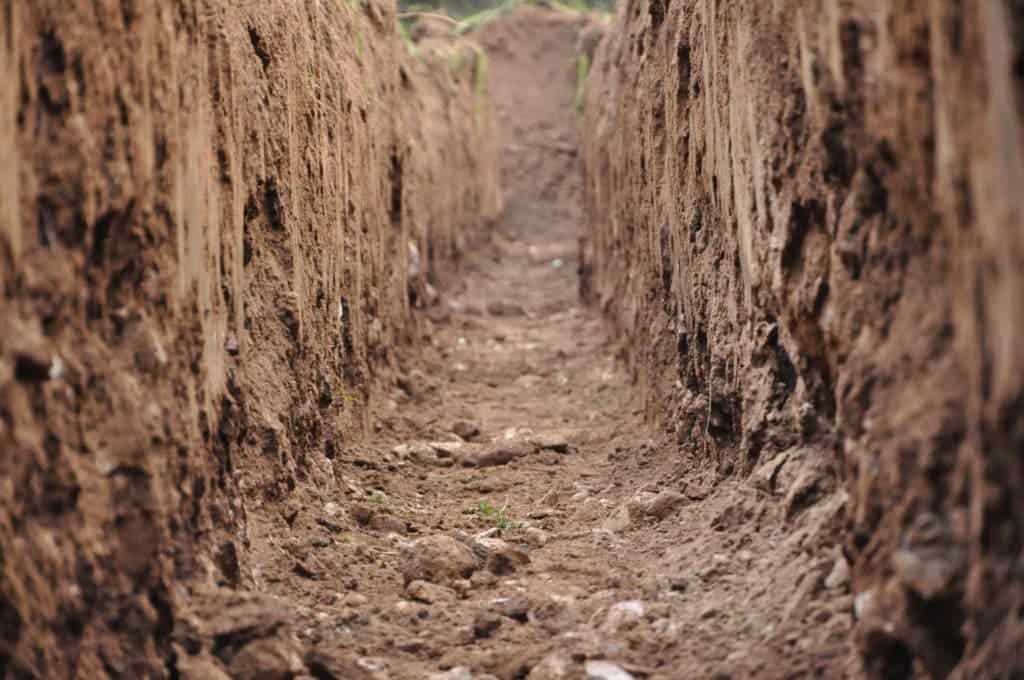Researchers at Cornell University discovered a new species of bacteria that can break down organic contaminants in the soil.

The new species was named Paraburkholderia madseniana in honor of the late Gene Madsen, the microbiology professor who started the research. The species is particularly adept at breaking down aromatic compounds (ring-like molecules of carbon), a large class of organic compounds that includes several types of pollutants.
Cleaning the soiled
“Microbes have been here since life began, almost 4 billion years. They created the system that we live in, and they sustain it,” said Dan Buckley, professor of microbial ecology at Cornell’s School of Integrative Plant Science. “We may not see them, but they’re running the show.”
Professor Madsen discovered the bacteria in soil samples from the Turkey Hill road meadow, an experimental forest stewarded by the Cornell Botanic Gardens. However, he passed away in 2017 before he could prove the bacteria’s abilities, which this study reports on.
The species belongs to the genus Paraburkholderia, which are known for their ability to decompose aromatic compounds. Some species in this genus are also known to form symbiotic relationships with plants, creating nodules around their roots and supplying nitrogen.
Madsen, however, focused his work on biodegradation — the process by which bacteria break organic matter down to extract energy, — with a particular eye towards organic pollutants called polycyclic aromatic hydrocarbons (PAHs). His work helped further our understanding of how natural tools can be applied to clear waste areas in which soils can’t be easily de-contaminated or removed.
The first step of the research was to sequence the bacteria’s RNA, which showed it to be a new species. Subsequent observation showed that madseniana can break down aromatic hydrocarbons; this ability, the team explains, was likely evolved as it allows madseniana to break down lignin, a major structural component of wood and plant tissues. Luckily for us, this also allows it to attack a wide range of organic pollutants generated through the use of fossil fuels.
“We know remarkably little about how soil bacteria operate,” Buckley said. “Soils, every year, process about seven times more carbon than all of the human emissions from cars, power plants and heating units, all over the world, just in their natural work of decomposing plant material.”
“Because it’s such a large amount of carbon going through the soil, small changes in how we manage soil could make a big impact on climate change.”
In the future, the team plans to investigate the relationship between madseniana and forest trees. Their findings so far suggest that trees trade carbon with colonies of the bacteria around their roots, which break down organic matter and return vital nutrients such as phosphorous and nitrogen.
The paper “Paraburkholderia madseniana sp. nov., a phenolic acid-degrading bacterium isolated from acidic forest soil” has been published in the International Journal of Systematic and Evolutionary Microbiology.






